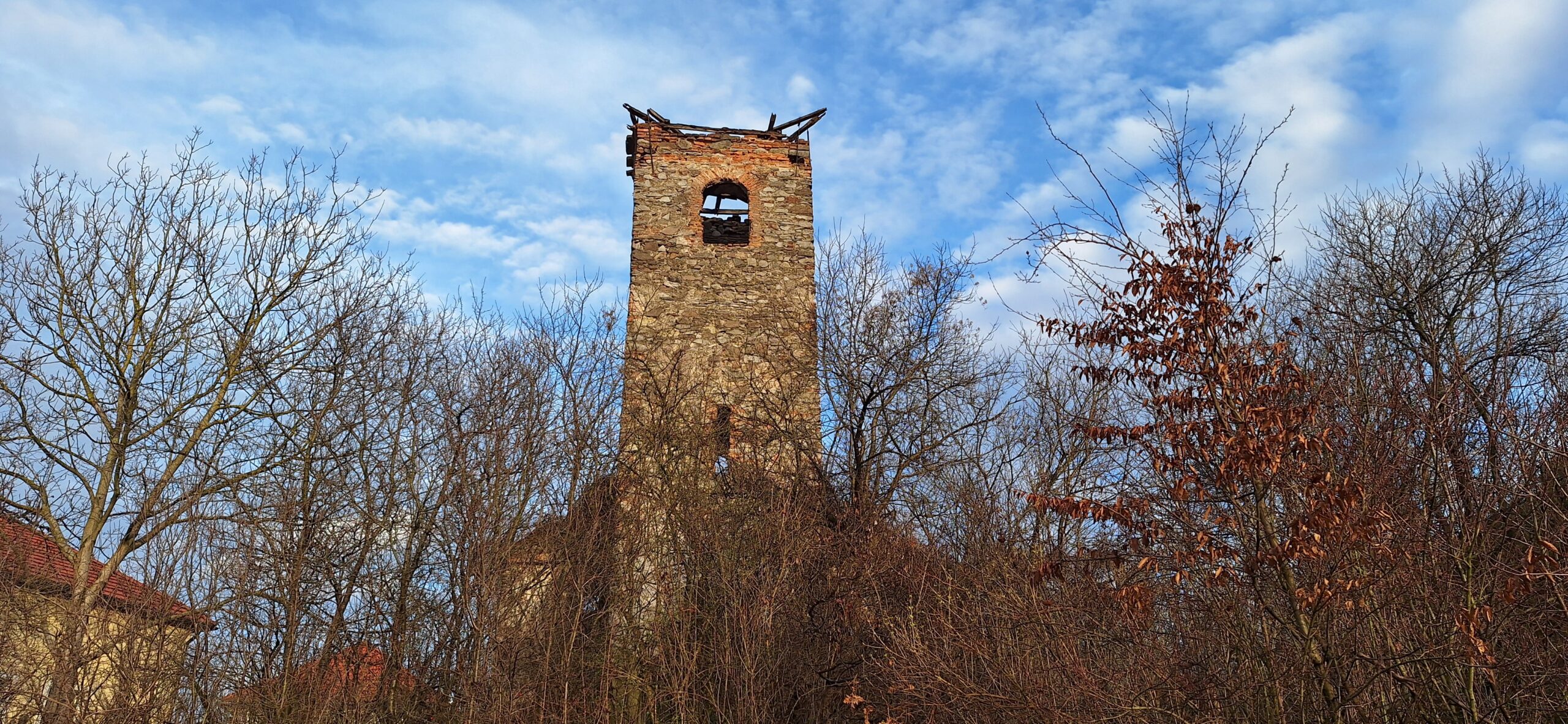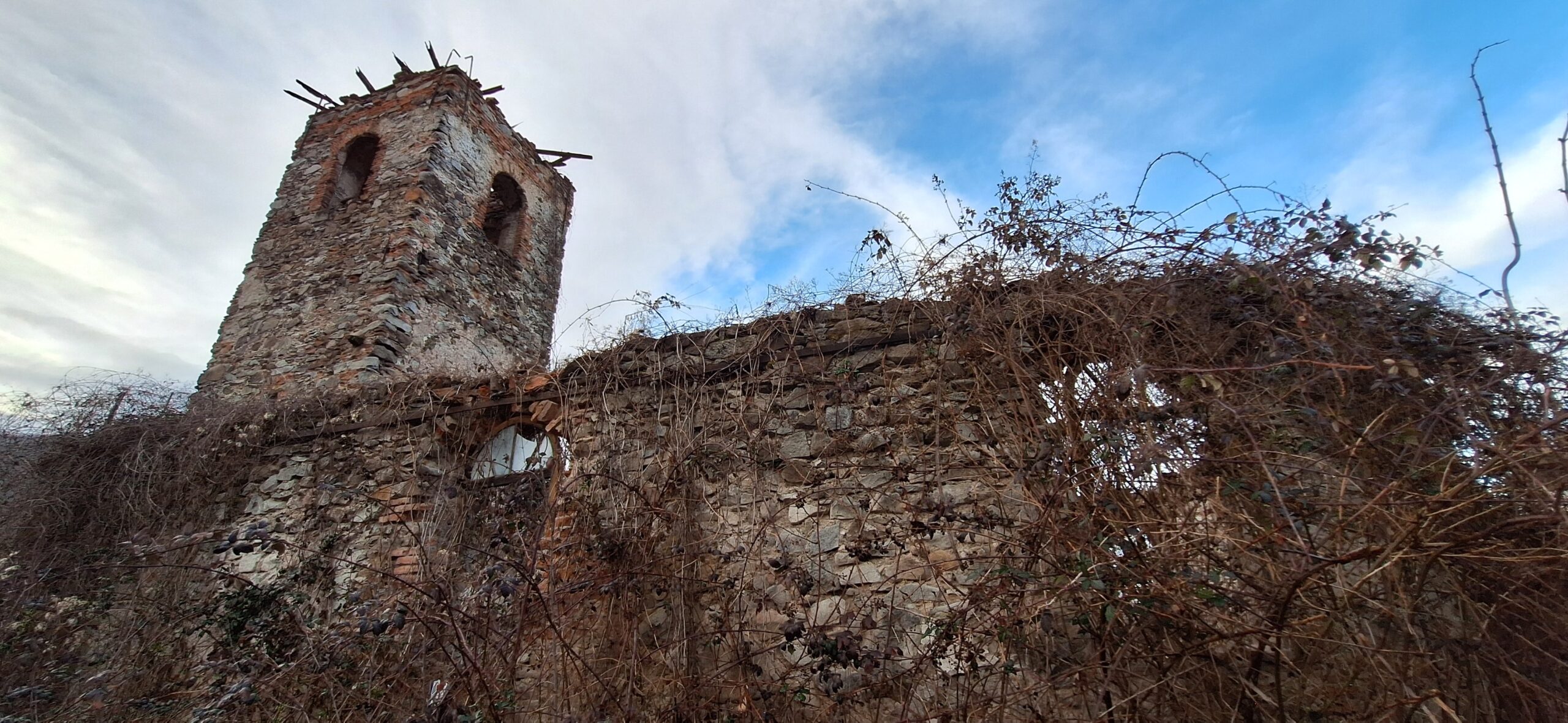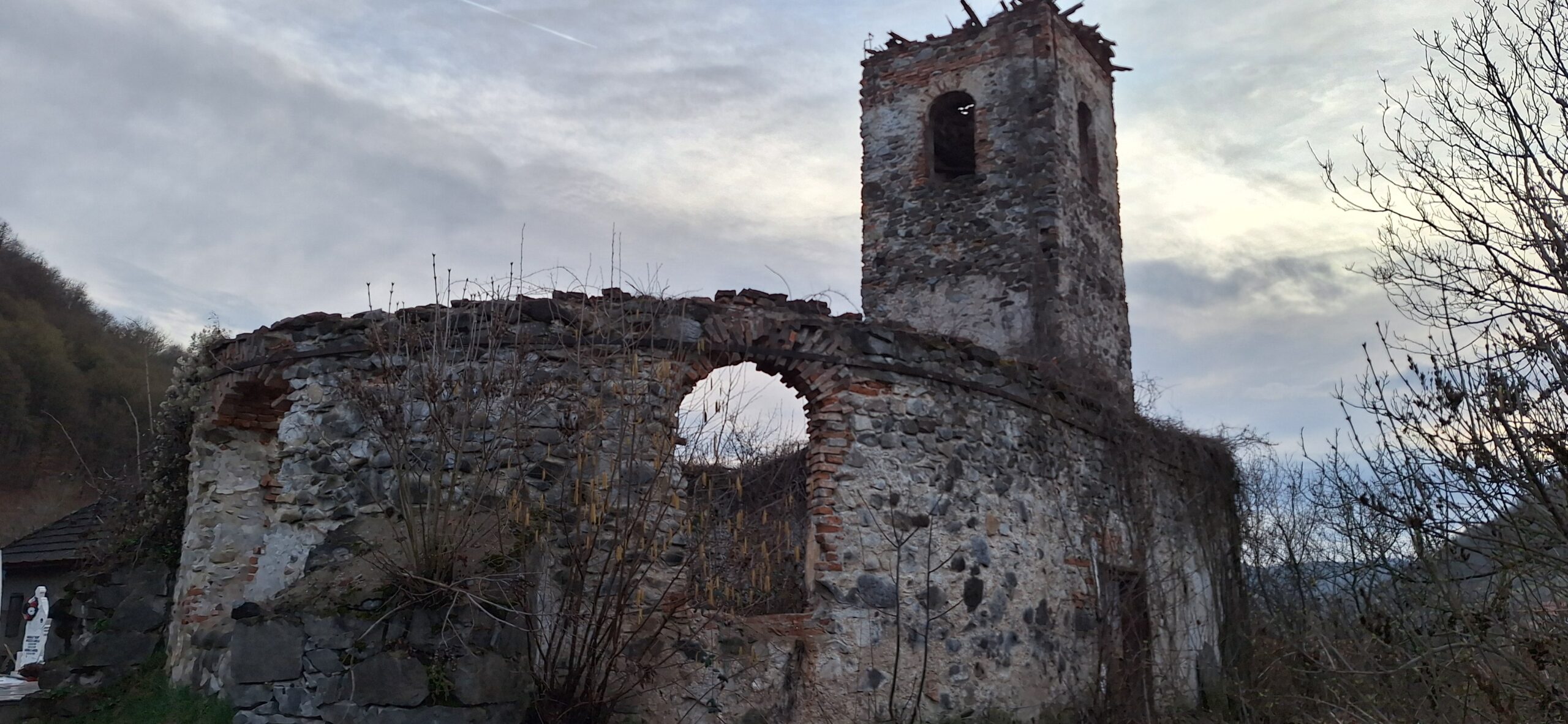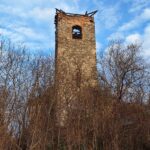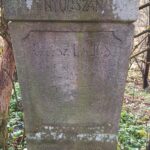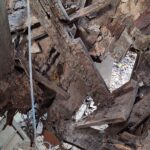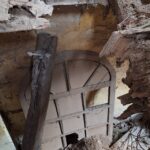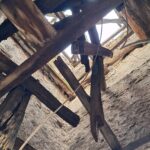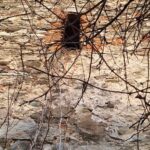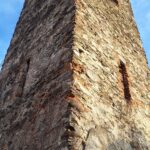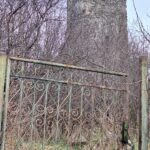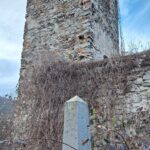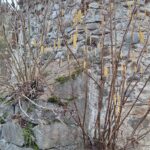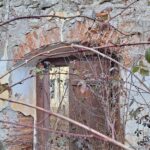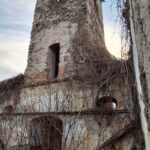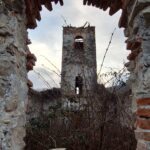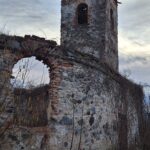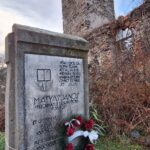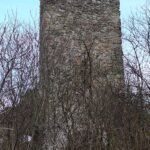The Reformed church in Crișcior was built in the 1700s
Day after day, thousands of miners descended into the underground galleries of Crișcior, once a renowned gold mining center. However, the mining industry has turned to dust, just like the multiethnic and multiconfessional character of the area. Always in minority, yet always prosperous and active, the Hungarian Reformed community of Crișcior once took pride in their small but beautiful stone church. Built in the 18th century, the Reformed church in Crișcior served its small ecclesia even during the bloodiest periods. But for more than four decades, the little church, abandoned, has fallen prey to the passage of time.
Even back in the 1760s, there were only about 40–50 Reformed congregants in Crișcior. The small community was decimated on November 4, 1784, when seventeen Hungarians, including Pastor András Jancsó’s family and twelve members of the Kristsori noble family, became the first victims of the uprising led by Crișan. A similar fate awaited many Kristsori descendants, who also perished during the events of autumn 1848. Despite these violent episodes, according to the 1910 census, of Crișcior’s 2.200 inhabitants, more than 630 were of Hungarian ethnicity. At the time, no one could have foreseen the grim fate awaiting a community that would disappear within just a few decades.
The Reformed church in Crișcior, in the shadow of the Medieval stone church
Built by the Kristsori family, the Reformed church always stood in the shadow of the nearby Gothic stone church, founded by Prince Ștefan Bâlea. Constructed in the late 14th century, the „Dormition of the Mother of God” Church is one of the most important Orthodox landmarks in Transylvania. Its remarkable 15th-century frescoes also honor the three holy kings of Hungary: Stephen, Emeric, and Ladislaus. Interestingly, a pastoral visit report from 1796 mentions the surprise that the Reformed church’s bell was actually hanging in the tower of the Romanian church, thus prompting an urgent initiative to build their own belfry.
The original bell bore the inscription: „RIBITZEI LASZLO ES KLARLI [!] IULIA TSINALTATTAK A KRISTSORI EKLESIANAK ANNO 1732. I A P R”. This was later replaced with another bell donated by János Kristyori in 1906. As the congregation dwindled, the latter bell was transferred to Deva in June 2001. The pews and the Holy Table were moved to the parish house in Brad (2004). The roof collapsed, and the furnishings, flooring, pulpit, and beams gradually deteriorated in the years that followed. The church tower fell, and the star intended to be moved to crown the globe atop the Reformed church in Făgăraș vanished without a trace. All that remains now are bare walls, overrun with weeds and thorns.
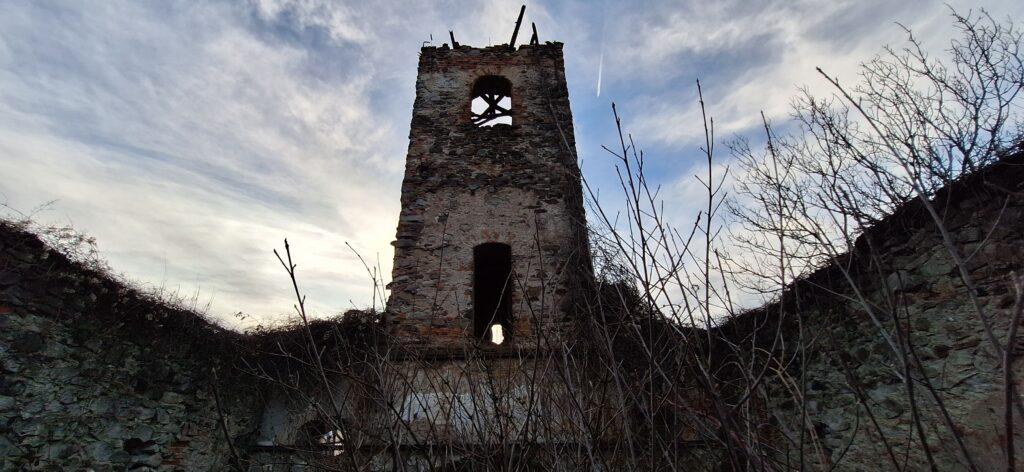
Repaired in the 1870s, the last service in the Reformed church in Crișcior was held in 1983. Given its current deplorable state, the irreversible damages, and the disappearance of the Reformed community, the church’s fate seems sealed. Surprisingly, it does not appear on the list of historical monuments. Therefore, perhaps only a miracle could save it now…


